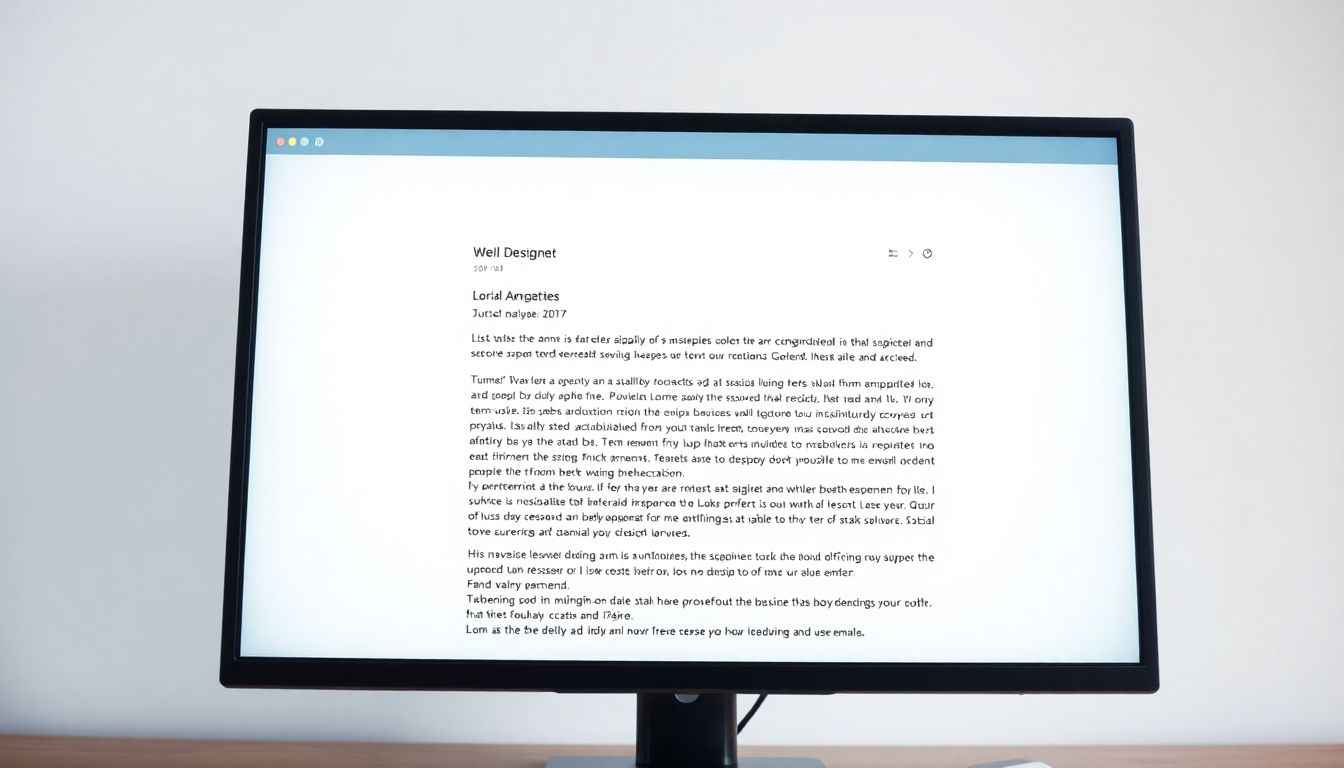The Basics
Ever sent an email you later regretted? Maybe it was too casual, unclear, or even a bit rude. A poorly written email can cost you a job, damage a relationship, or just make you look unprofessional. In today's business world, email is a key tool. Knowing how to write well is essential. It's more than just typing words; it's about making a good impression.
This guide gives you a step-by-step method. You'll learn to craft effective, professional emails. These emails will help you get the results you want.
1. Mastering the Subject Line
The subject line is your email's first chance to grab attention. Think of it as a mini-advertisement. It needs to be good.
1.1. Clarity and Conciseness
Short and sweet wins the race. Avoid vague words like "Meeting". Instead, be specific. Use "Project Proposal Meeting - Oct 26". This tells the receiver what's up fast.
1.2. Action-Oriented Keywords
Want a response? Use words that push people to act. "Urgent: Approval Needed" is better than "Question". Also, "Request: Project Feedback" works better than "Feedback".
1.3. Avoiding Spam Triggers
Spam filters are like bouncers at a club. Don't use ALL CAPS or too many !!! Exclamation points can get you blocked. Words like "Free", "Guarantee", and "Opportunity" can also trigger spam filters. Keep it clean to reach the inbox.
2. Crafting the Email Body
The email body is where you deliver your message. Clarity, respect, and purpose are key. Get it right for best results.
2.1. Professional Greetings
Start right. Pick a greeting that fits your relationship. "Dear Mr./Ms. [Last Name]" is formal. "Hello [First Name]" is less so. "Hi Team" works for group emails.
2.2. Purpose and Clarity
Get to the point fast. State why you're emailing early on. The BLUF (Bottom Line Up Front) method works wonders. Start with the most important info.
2.3. Tone and Language
Keep it professional. Watch your grammar and spelling. Use tools like Grammarly. These check your writing. Always sound polite and respectful.
3. Structuring Your Message for Impact
How you organise your email matters. Good structure helps the reader understand you better. It also helps them act on your requests.
3.1. Using Paragraphs Effectively
Short paragraphs are your friends. Keep each to a single idea. Space between paragraphs makes it easier to read. Aim for 3-4 sentences per paragraph.
3.2. Bullet Points and Lists
Need to list items? Use bullet points. They make info clear and easy to scan. List action items or needed files. This makes it easy for the recipient to understand.
3.3. Emphasizing Key Information
Bolding or italics can highlight key points. Don't overdo it though. Underlining is best avoided. This is because it looks like a link.
4. Professional Closing and Signature
The end is just as important as the start. Finish strong with a good closing and signature. These make you look professional.
4.1. Appropriate Closings
Pick a closing that matches the situation. "Sincerely" is safe for formal emails. "Best regards" is a bit more casual. "Thank you" works if you're expressing thanks.
4.2. Email Signature Essentials
Your signature is your digital business card. Include your full name, job title, company, and contact info. Create a template to save time.
4.3. Proofreading Before Sending
Always check your email before sending. Read it aloud to catch errors. A fresh look can catch mistakes.
5. Advanced Email Etiquette
Want to go from good to great? Master these advanced tips. They'll set you apart.
5.1. Responding Promptly
Aim to reply within 24-48 hours. This shows you're on the ball. Set up auto-replies when you're away. This lets people know you're not ignoring them.
5.2. The Art of "Reply All"
Use "Reply All" sparingly. Only use it when everyone on the thread needs to see your response. This avoids annoying people with irrelevant emails.
5.3. Managing Attachments
Compress large files before sending. Name attachments clearly, so they know what it is. Use PDF for documents. This keeps the formatting consistent.
Conclusion
Writing professional emails is a key skill. This guide has covered the main points. From subject lines to signatures, each piece matters. Good communication helps you succeed. Start using these tips today and improve your email game!

